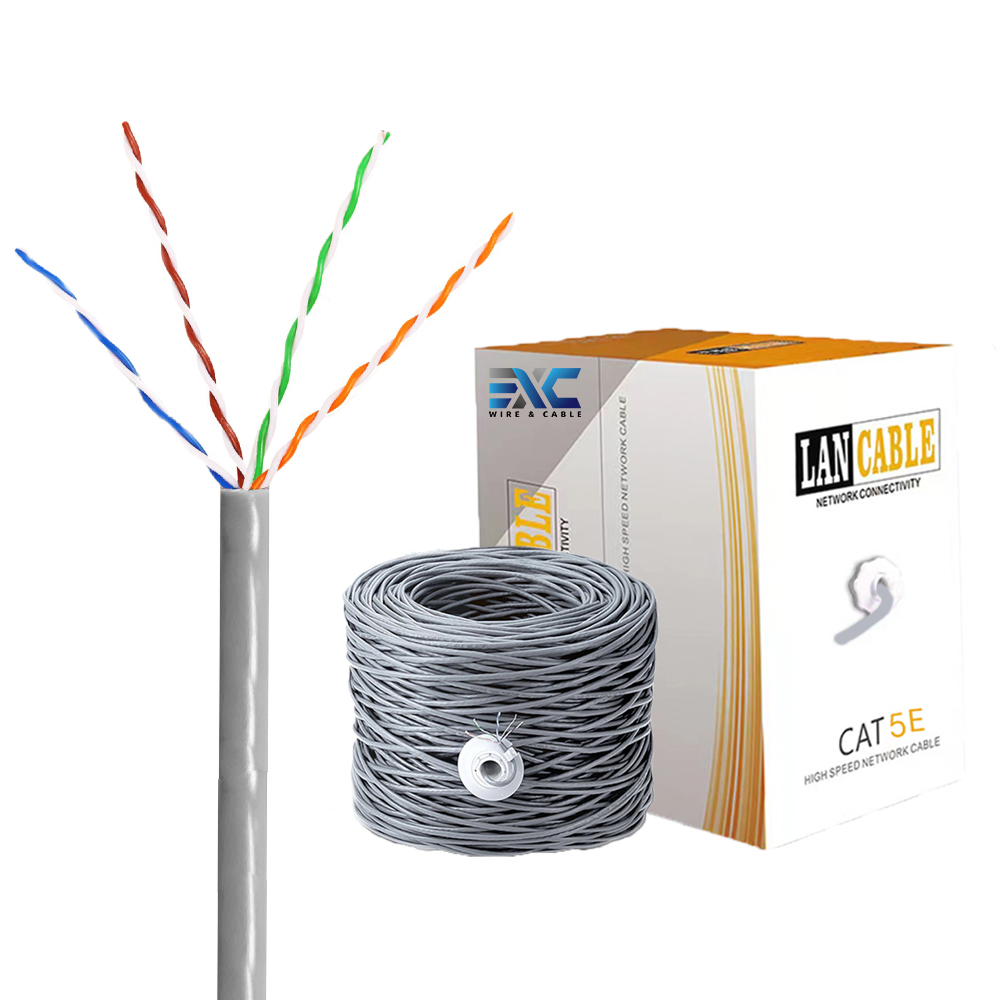Ethernet cables are an important part of modern network systems and help transfer data between devices. But what exactly is an Ethernet cable? How does it work? Let’s dive into the world of Ethernet cables and understand their functions and significance.
An Ethernet cable is a type of network cable commonly used to connect devices such as computers, routers, and switches to a local area network (LAN) or the Internet. These cables are designed to transmit data signals in the form of electrical pulses, allowing for seamless information exchange between connected devices.
Ethernet cable functions based on the principle of twisted pair wiring, where multiple pairs of insulated copper wires are twisted together to reduce electromagnetic interference. This design enables the cable to transmit data at high speeds while maintaining signal integrity, making it ideal for supporting high-bandwidth applications such as video streaming, online gaming, and large file transfers.
Ethernet cables operate using a protocol called Ethernet, which controls how data is transmitted and received within the network. When a device sends data over the network, the Ethernet cable carries the electrical signal to the receiving device, where the data is then processed and interpreted. This seamless communication process forms the backbone of modern network infrastructure, enabling the interconnection of devices and the entire Internet.
Ethernet cables are used in a variety of environments, including homes, offices, data centers, and industrial environments. Their versatility and reliability make them the first choice for establishing wired network connections, with benefits such as low latency, high data transfer speeds, and strong connections.
In homes, Ethernet cables are commonly used to connect computers, game consoles, smart TVs and other devices to the home network, providing a stable and fast Internet connection. In an office environment, Ethernet cables facilitate the interconnection of computers, printers, and other network devices, allowing for seamless collaboration and data sharing.
In summary, Ethernet cables play a vital role in modern networks, enabling seamless data transfer between connected devices. Their rugged design, high-speed functionality and broad applicability make them an integral part of the wired network infrastructure that powers the interconnected digital world we rely on today.
Post time: Apr-03-2024

